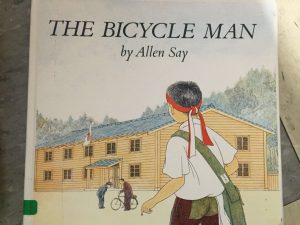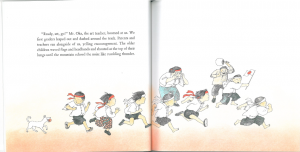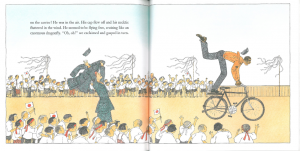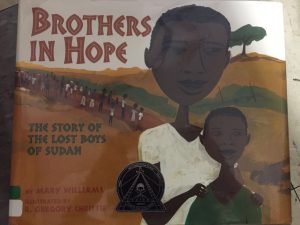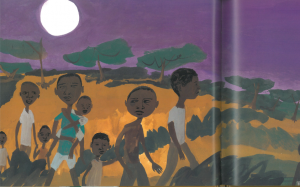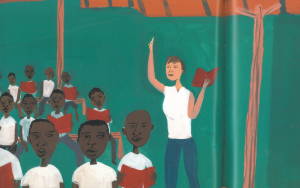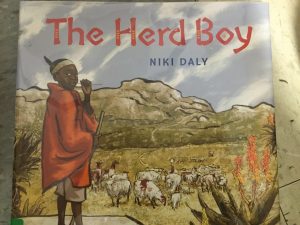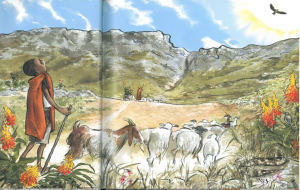
Author: Rick Riordan
Illustrator/Photographer: None
Publisher and Year: Disney Hyperion 2016
Number of pages: 361
Genre: Children’s Fiction Novel
Analysis
The Trials of Apollo: The Hidden Oracle is the first book in the Rick Riordan’s new series The Trials of Apollo. This is Riordan’s third series in the Percy Jackson universe, the first being Percy Jackson and the second being Heroes of Olympus. These three series are based around the concept that the ancient Greek gods are still around in modern times and are continuing the tradition of creating half human half god children called demigods. These series create a timeline of events, all leading up to The Hidden Oracle. The book takes place from the God Apollo’s perspective. The basic plot of the book is that Apollo is being punished by Zeus and for his punishment he is turned into a mortal teenager. In order to regain his godly status, Apollo must redeem himself in some way. Apollo meets a twelve year old named Meg who becomes his companion and guide on his quest. The book is full of adventure, friendship, and past regrets.
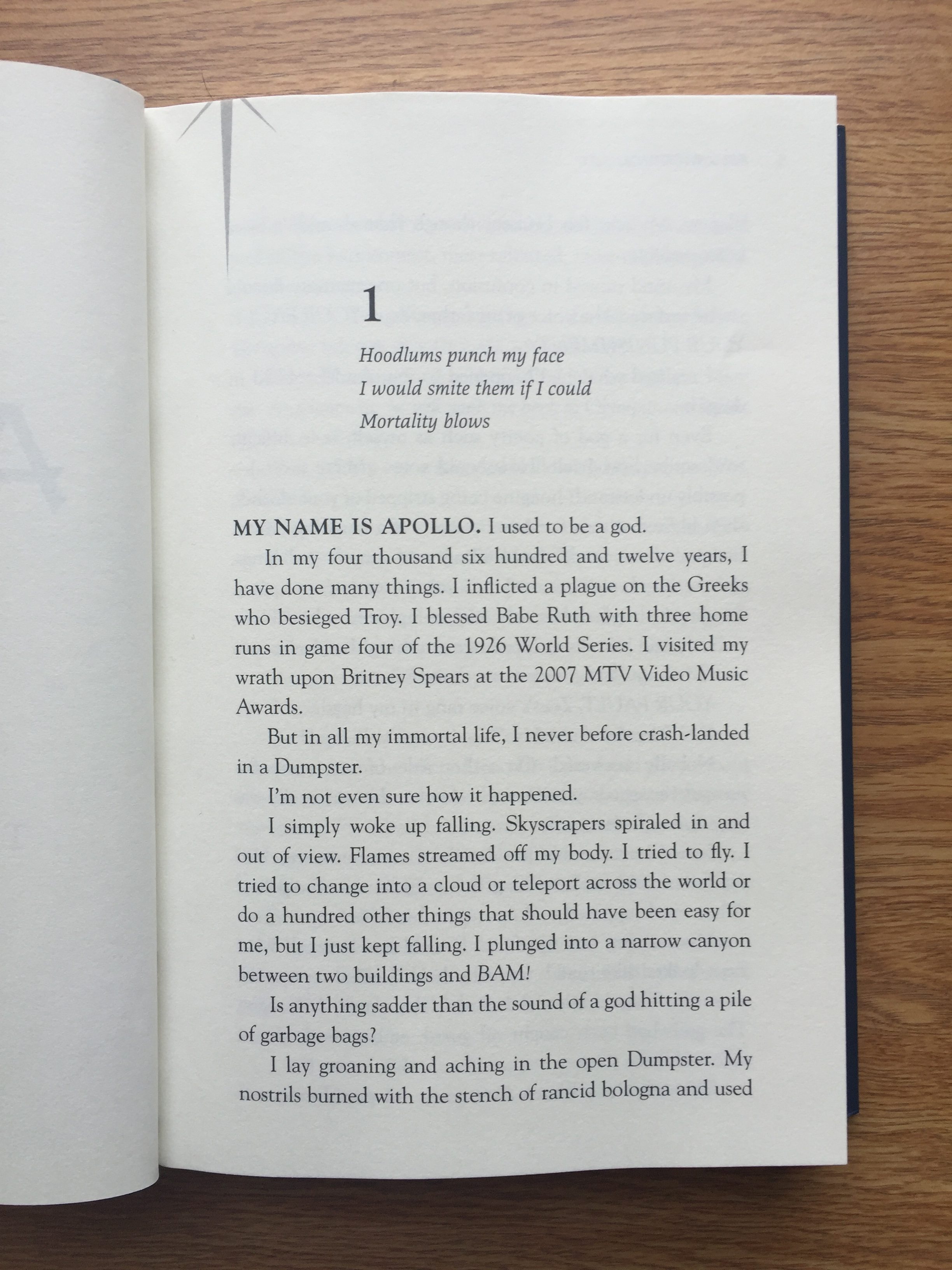
This book is not only a great adventure story, but also a great story for representation. Many times in the novel, Apollo is forced to think about the past mortals he has loved. He continually thinks about Hyacinthus and Daphne, two mortal humans he had fallen in love with throughout his years as a god. While they are both influential to Apollo’s emotions throughout the story, they are, more importantly, of the opposite gender. This novel not only creates a fantastical world of adventure, it also brings in a realistic depiction of a protagonist who identifies as bisexual. There are also other characters in the story that are not straight. This novel is an example of diversity in sexual orientation in a novel. Too often, especially in children’s literature, are protagonists only depicted as straight, which can be detrimental to children that do not identify that way.
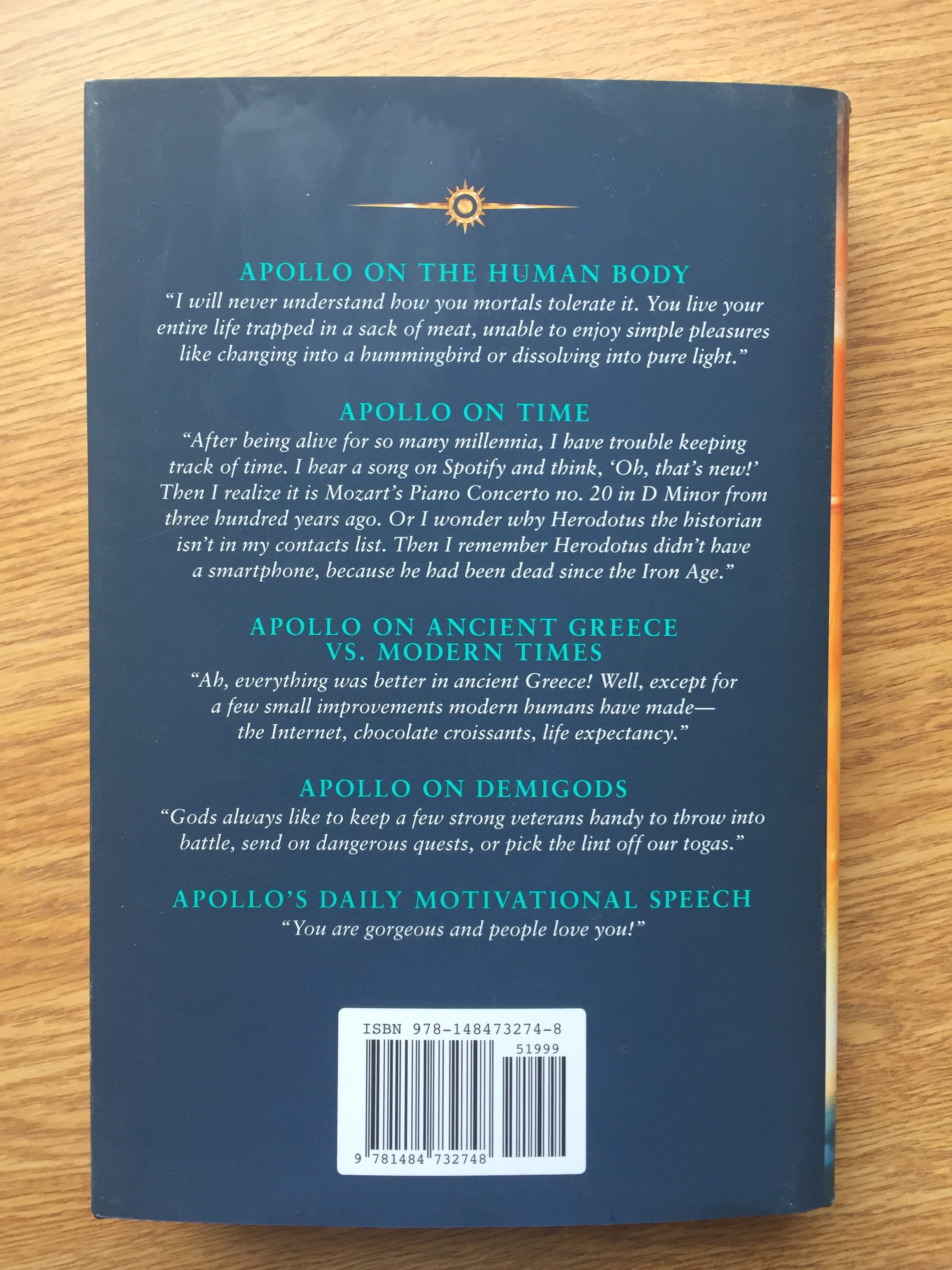
Overall, this book addresses many hard hitting themes like family dynamics, emotional abuse, and grief. This novel is engaging, exciting, and a good source of representation on many different issues. The rest of the Trials of Apollo series will be released over the next couple of years and cannot be spoken for on its depiction of diversity. The Hidden Oracle can be a great source of diversity for many students, and can broaden their world view while being an engaging and adventurous story.

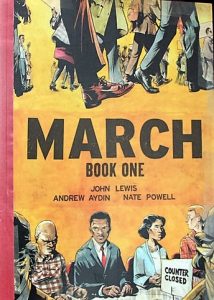
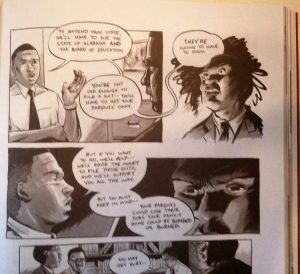 In March: Book One John Lewis tells about the struggle he has gone through and witnessed since the beginning days of segregation. He highlights the highs and lows of the Civil Rights Movement, and how much influence he had in the process.
In March: Book One John Lewis tells about the struggle he has gone through and witnessed since the beginning days of segregation. He highlights the highs and lows of the Civil Rights Movement, and how much influence he had in the process. Author(s): Eve Bunting
Author(s): Eve Bunting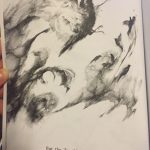
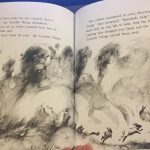
![2016-05-10_00.50.24[1]](https://blogs.iwu.edu/lrbmt2016/files/2016/05/2016-05-10_00.50.241-300x239.jpg)
![2016-05-10_00.49.13[1]](https://blogs.iwu.edu/lrbmt2016/files/2016/05/2016-05-10_00.49.131-300x264.jpg)
